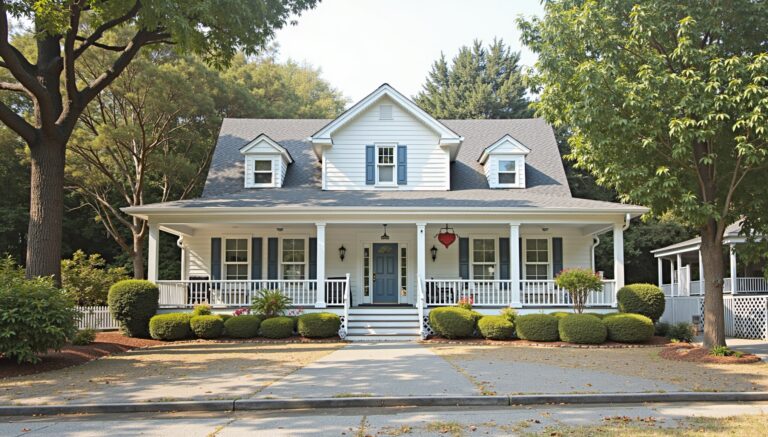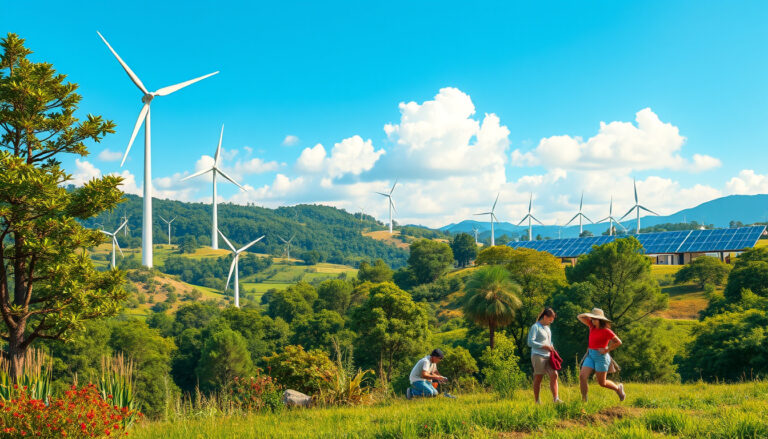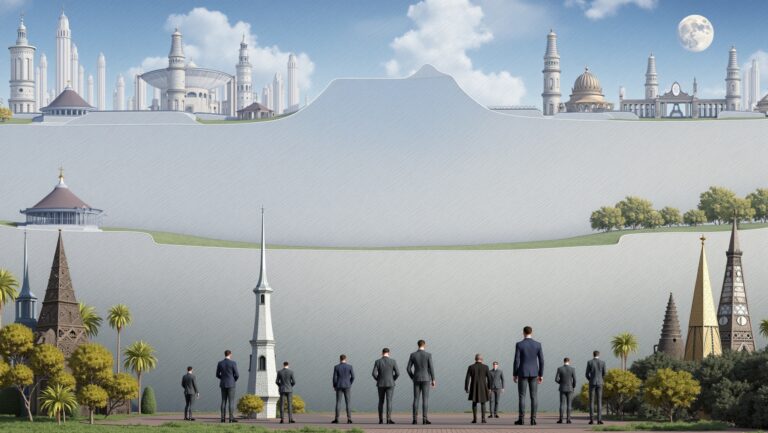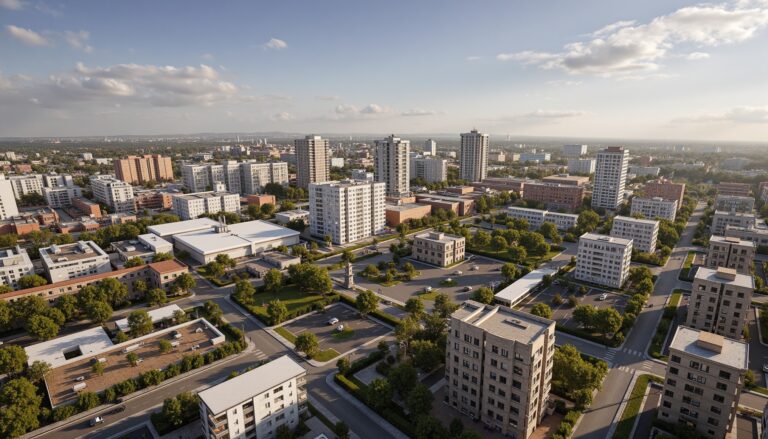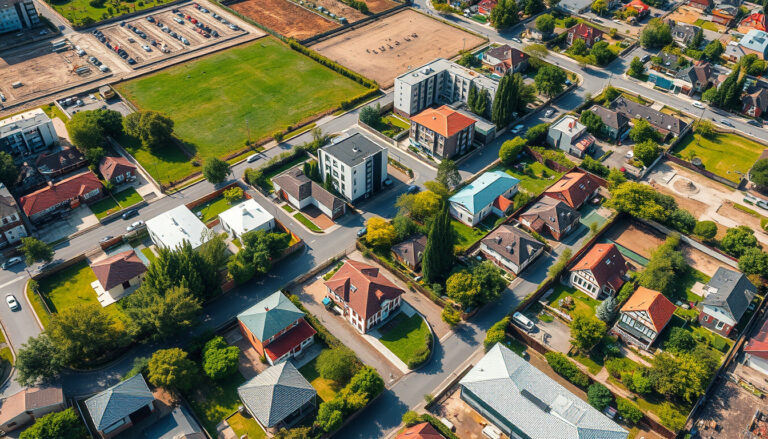In today’s rapidly changing economic landscape, development zones play a pivotal role in fostering growth and attracting investment.
These specialized areas are designed to enhance economic activity, spur innovation, and create job opportunities, making them a focal point for governments and investors alike.
In this essential guide, we will explore the definition and purpose of development zones, dive into the various types and their benefits, identify key economic drivers, evaluate metrics for success, address the challenges present in developing zones, and discuss future trends that promise to shape economic growth.
Whether you are a policymaker, investor, or simply curious about urban development, this article provides a comprehensive overview of development zones and their impact on the economy.


Challenges and Solutions in Developing Zones
Developing zones in Costa Rica presents a unique set of challenges and solutions that potential investors and residents must navigate.
One of the primary challenges is the balance between economic growth and environmental sustainability.
As the country is recognized for its rich biodiversity and natural beauty, development projects often face scrutiny regarding their ecological impact.
To mitigate this issue, developers are increasingly incorporating sustainable practices, such as eco-friendly construction materials and renewable energy sources, thereby minimizing their footprint on the environment.
Additionally, infrastructure development, including roads and utilities, can lag behind growing demand in some areas, making access to certain development zones difficult.
Strategic planning and collaboration with local governments can streamline this process, ensuring that necessary infrastructure improvements align with growth initiatives.
By addressing these challenges head-on and implementing thoughtful solutions, Costa Rica’s development zones can foster economic prosperity while preserving the country’s cherished natural landscapes.
Future Trends in Development Zones and Economic Growth
Costa Rica is experiencing significant growth in its real estate market, particularly in development zones that cater to both local and international investors.
As the country continues to attract expatriates and tourists alike, these development zones are becoming hotspots for residential and commercial projects.
The government’s supportive policies, including incentives for foreign investors, are fostering an environment ripe for economic growth and real estate development.
Future trends suggest an increase in eco-friendly projects and sustainable living communities, which align with Costa Rica’s commitment to environmental preservation.
As urbanization progresses, investors should keep a keen eye on these development zones, as they present unique opportunities for high returns in an increasingly dynamic market.
Frequently Asked Questions
What is a development zone?
A development zone is a designated area that is specifically targeted for economic growth and development.
These zones often come with incentives such as tax breaks, regulatory relief, and infrastructure support to attract businesses and stimulate economic activity.
What types of development zones exist?
Development zones can be classified into various types, including industrial parks, technology zones, enterprise zones, and special economic zones, each serving different purposes and offering unique benefits to businesses and investors.
What are the key economic drivers in development zones?
Key economic drivers in development zones often include strategic location, availability of skilled labor, investment incentives, access to transportation networks, and supportive policies from local governments, all of which promote business growth and economic activity.
How do we measure the success of development zones?
Success in development zones is typically evaluated through metrics such as increased employment rates, business investment levels, infrastructure development, tax revenue generation, and overall economic growth within the zone.
What are some common challenges faced by development zones?
Common challenges include bureaucratic red tape, inadequate infrastructure, competition from other regions, and fluctuating market conditions.
Solutions often involve streamlining regulations, enhancing infrastructure investment, and fostering collaboration between government and private sectors.

